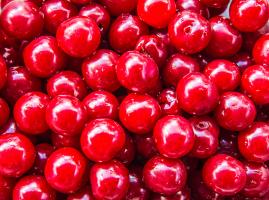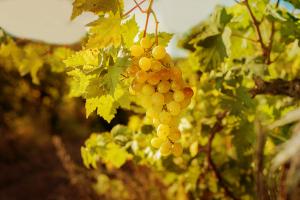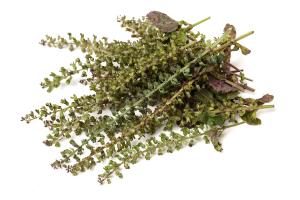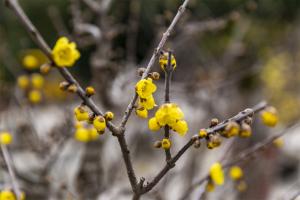
1. Chicken manure

Chicken manure is a high-quality organic fertilizer. Flower friends who often visit gardening flower shops may see that almost all stores sell chicken manure
Chicken has the worst digestive ability. Half of the nutrients in the food will be excreted from the body, so chicken manure is the most nutritious livestock manure. There are many essential elements for raising flowers, including nitrogen, phosphorus and potassium
Generally, the chicken manure sold in the store has been rotten. What we see in the countryside is usually fresh chicken manure. Because of its great fertility, it should be fully rotten before use, otherwise it will burn roots

Production process:
1. Prepare auxiliary materials. Sawdust, straw, leaves and other auxiliary materials accounted for 30%, chicken manure accounted for 70%, and the mixture was evenly stirred
2. Prepare the container. Plastic boxes and foam boxes are all allowed to pour in the mixture of chicken manure, pour 1 bottles of water, stir it evenly, let it tide damp, so that it can ferment faster. p>
3. Now, chicken manure can be made in about a month in summer. The fermented chicken manure is very dark in color and almost has no odor

2. Cow dung

Cow dung is a good substrate for raising Clivia and meat. When Huahua went to the countryside last time, she packed a big bag as soon as she saw cow dung. On the way home, although the smell is in the nose, the beauty is in the heart
The fertility of cow dung is smaller than that of chicken dung. It can be directly dried, retted and used as flower soil. The flowers grow strong and green

Production process:
1. Dried cow dung
2. Put it in a big bag and add some chopped wheat straw
3. Sprinkle some insecticides because there are often a lot of eggs and small insects in cow dung
4. After stirring evenly, tie the mouth tightly and wait for it to Rett. When changing pots every year, you can mix some perlite and sand and plant flowers directly

3. Sheep dung ball

Sheep dung is very mild, but it is difficult to collect

Production process:
1. It can be dried directly on the basin bottom as the base fertilizer
2. Grind and spread it on the basin soil, and water it to infiltrate with the water
2. Some flower friends directly use sheep dung to grow flowers, and the effect is actually good, but you'd better use it in moderation at the beginning

4. Plant ash

Plant ash, that is, the ash left after the burning of wheat straw and firewood, contains a lot of potassium fertilizer and some nitrogen and phosphorus fertilizer, which is very helpful to the growth of flowers and plants
But one thing to note is that if you have applied plant ash fertilizer, don't add organic fertilizer, because that will destroy the nitrogen fertilizer

Production process:
1. When changing the basin at ordinary times, add one tenth of the plant ash, stir evenly, and then put it on the basin
2. At ordinary times, you can also pour some plant ash on the basin soil. When watering, the fertility will infiltrate with the water, which is also very convenient

5. Straw

Recently, the weather is very hot and the evaporation is very large. Sometimes I feel that there are too many flowers at home and the water can't be poured
Today, we introduce a hay priming method. Using straw can not only moisturize, reduce watering times, save soil, but also provide base fertilizer

Production process:
1. When turning the basin, put straw on the bottom and soil on it. The thickness of the soil is about 20cm
2. Usually, you can dig some small holes in the flowerpot and bury some chopped straw without damaging the plant roots


 how many times do yo...
how many times do yo... how many planted tre...
how many planted tre... how many pine trees ...
how many pine trees ... how many pecan trees...
how many pecan trees... how many plants comp...
how many plants comp... how many plants can ...
how many plants can ... how many plants and ...
how many plants and ... how many pepper plan...
how many pepper plan...
































